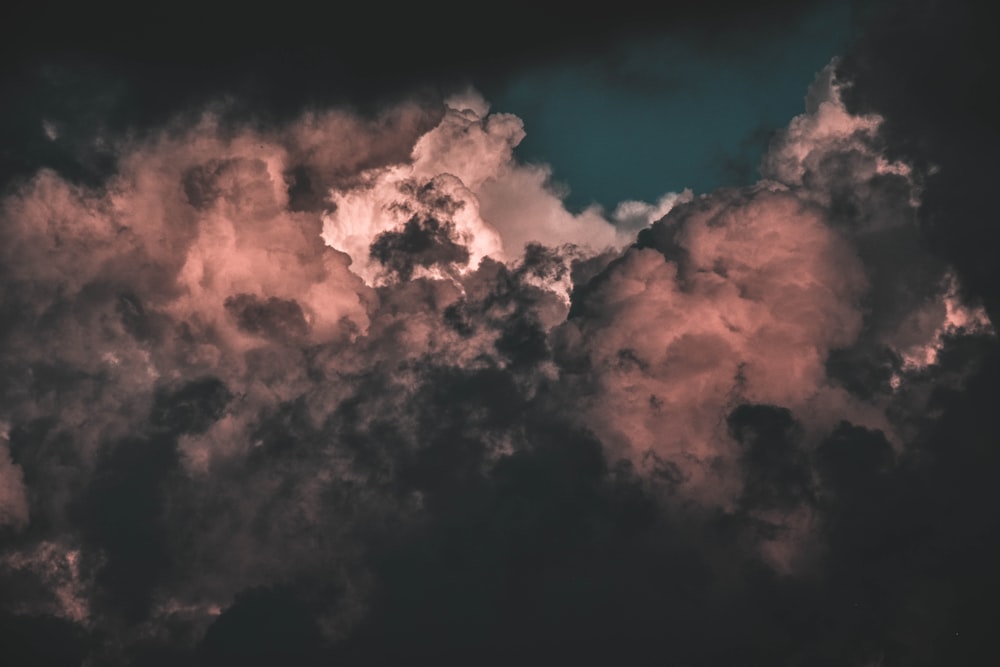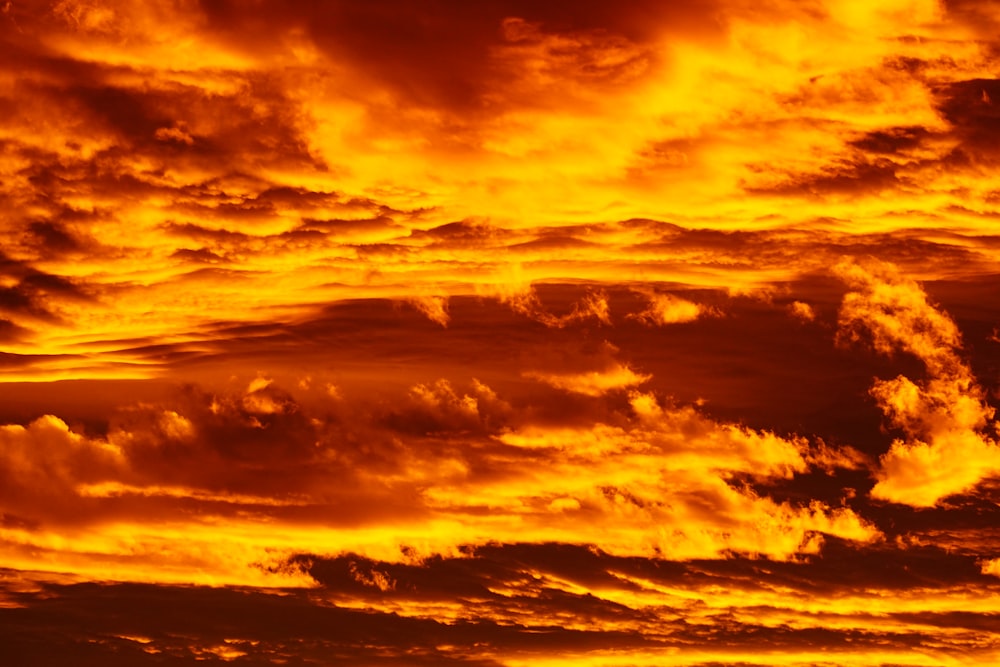Photography is more than capturing images; it is an art form that requires understanding the composition and technical aspects of a photograph. One of the essential concepts in photography is value.
Value refers to the lightness or darkness of an object in an image. The proper use of value can give an illusion of depth and create a mood for the image. Therefore, knowing how to use value is crucial for any photographer who aims to create stunning images. In this article, we will discuss what value is, how it works, and how you can use it to create compelling photographs.
What is Value in Photography?
Value is the term used to describe the relative lightness or darkness of an object in an image. It is one of the fundamental elements of photography, along with color, texture, and form. Value is what gives an object its three-dimensional appearance in a two-dimensional image. Photographers use the term tones to describe the different values of an object. In photography, tones can range from white, represented by the highest value, to black, with the lowest value.
How Does Value Give an Illusion of Light?
Value is what creates the illusion of light in a photograph. When light shines on an object, it creates highlights and shadows. These highlights and shadows, along with the mid-tones, make up the tones in a photograph. By manipulating the value of an object, photographers can create the impression of light coming from a certain direction. For example, in a portrait, the photographer can use value to create modeling, where certain areas of the face appear brighter or darker, giving the illusion of three-dimensional features.
How is Value Measured?
To measure value, photographers use the Zone System Metering, developed by Ansel Adams and Fred Archer in the 1930s. The zone system is a technique that helps photographers measure the light in a scene and determine the correct exposure for creating a balanced image. The zone system divides the tones in an image into ten zones, from pure white to pure black. By understanding how to meter a scene using the zone system, photographers can capture the correct values for each zone, resulting in a well-exposed image.
![]()
The Zone System Explained:
To understand the zone system, you need to understand the relationship between exposure and value. Exposure refers to the amount of light that enters the camera. The more light that enters, the lighter the object will appear in the photograph. The less light that enters, the darker the object will appear. The zone system helps photographers measure the amount of light in a scene and adjust the exposure accordingly. By placing different objects in different zones, the photographer can control the value and create an image with the desired mood and contrast.
Does Value Create Illusion?
Indeed, value plays a significant role in creating illusions in photography. It’s a powerful tool that transforms a two-dimensional image into a three-dimensional illusion. By manipulating the range of light and dark tones, photographers can create a sense of depth and volume in their images.
This is especially palpable in black and white photography, where the tonal range is paramount in portraying texture, form, and details. A well-managed value system in a photograph can lead the viewer’s eyes to the focal point, influence the mood, and add a sense of realism.
Real Life Application of Value in Wildlife Photography:
As a wildlife photographer, the use of value is crucial in capturing the rich and diverse aspects of nature. For instance, when photographing a scene in a dense forest, there are zones of extreme light and shadow. The zone system aids in controlling these extremes, allowing me to represent the scene more accurately.
Consider a scenario where I am capturing a bird perched on a tree branch, with the light source behind the bird. Without understanding value and using the zone system, the bird may appear as a dark silhouette against a bright background. However, by placing the bird in a different zone, I can control the amount of light falling on the bird, ensuring it does not appear too dark or too light.
This manipulation of value not only creates a balanced image but also allows me to highlight the intricate details of the bird’s feathers, the texture of the bark, and the depth in the green foliage. Thus demonstrating, in practical terms, how value can dramatically enhance the quality and impact of a wildlife photograph.
Frequently Asked Questions:
How can I learn to use value in my photography?
Learning to use value takes practice and experimentation. Study the works of other photographers to see how they use value in their images, and try to replicate those techniques in your own photography.
How important is value in photography?
Value is one of the most important elements of photography. It creates depth and mood in a photograph, and it is essential to creating a well-composed image.
Final Thoughts:
Value is an essential aspect of photography, and it is crucial to understand how to use it to create stunning images. By understanding the relationship between value and exposure, you can create images that stand out and capture the viewer’s attention. So, practice and experiment with different techniques, and you will soon discover the power of value in photography.
You may also enjoy reading other articles we have written;
What is Emphasis in Photography and How to Use it to Your Advantage – Photography Revision
What are Proofs in Photography and How to Use Them Effectively? – Photography Revision






